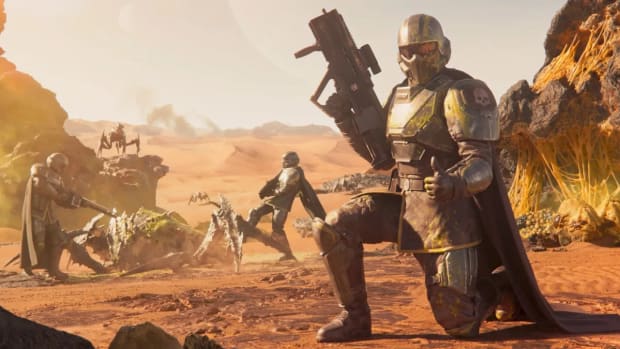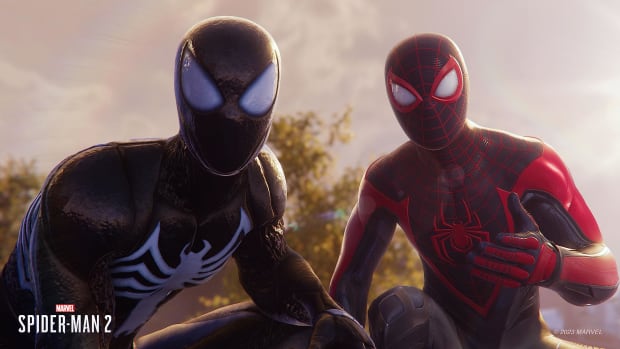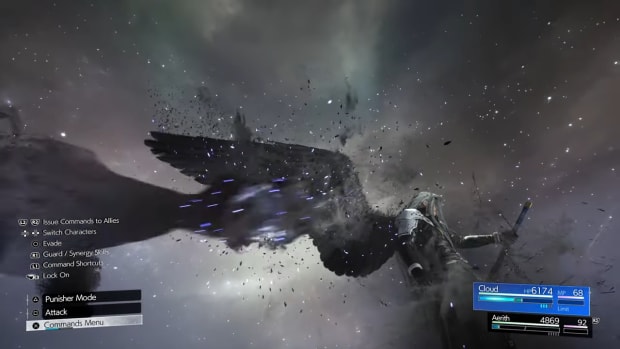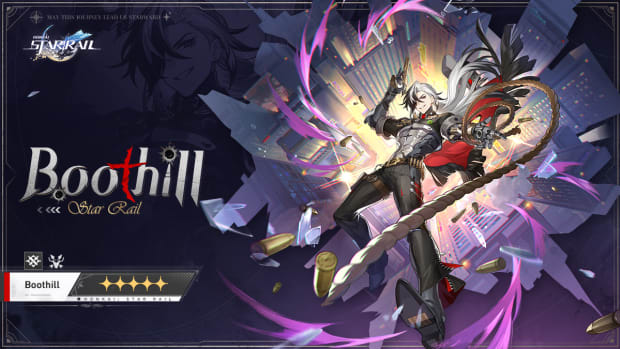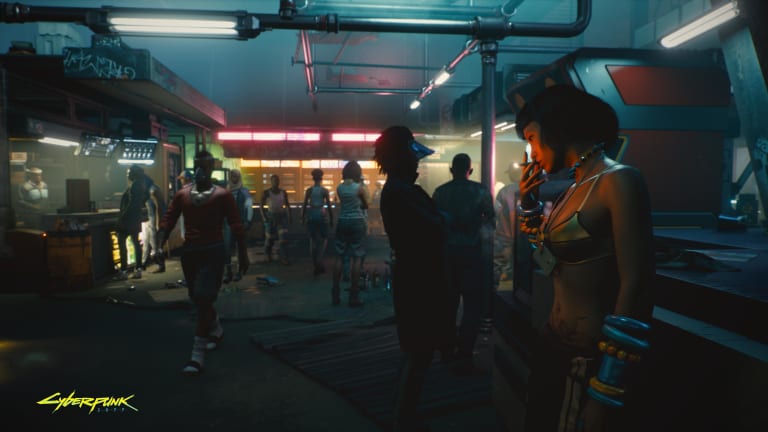
Game Development Is Not Sustainable

When Pac-Man was released in 1980, it had the distinction of having had one of the longest development times in gaming history as well as one of the largest development teams. The game took one year and five months to build and had nine people at least partially involved in its creation.
Over 40 years later, games can now cost tens of millions of dollars to make, have development teams of over a hundred people, and take three to five years to finish. Technology has exploded over the last four decades, and with it, so has the capability of what video games can deliver. Unfortunately, the extra work required to utilize that technology to its fullest has led to an industry rife with abusive practices and toxic work environments.
This piece is not meant to call out the industry for what it is right now, but rather serve as a warning for where it will end up if we don't take steps to make it more sustainable. It will highlight some abuses that are currently prevalent, explore how we got where we are, and offer some insight into what can be done from the perspective of developers, fans, and the media.
How did we get here?
Having been born in 1989, I was among one of the last generations of gamers to have experienced playing games purely for the high score. Games like Tetris were still incredibly popular in my early childhood, and yet, I also was entering gaming during the beginning of the RPG explosion.
The Victory State
With the advent of titles of Final Fantasy, Dragon Quest, Super Mario Bros., and The Legend of Zelda, games began to transition from being about the scoreboard to instead being about the story. No longer was there an endless gameplay loop that grew progressively more difficult. Now there was a beginning and an end, and as simple as games back then were, gamers now had a specific goal in mind: to win.
Until that point, games had a fail state but never a victory state. This creation of a victory state made games more accessible to everyone. You didn't have to get the high score on the cabinet anymore, you just had to be good enough to beat the game. And it was this development that lead to the second video game explosion of the late 80s and early 90s.
Video Games As Art
As technology continued to improve and this start to finish gameplay was further developed, games became more and more about telling a story. No longer was storytelling reserved for books and cinema. Games now offered a new vessel for artists to convey the worlds and characters in their minds.
Even games like Mortal Kombat, which in the past would have just been a simple two player fighting game, now had a story element to them. Creative expression exploded in video games, and more than ever, young gamers began to identify with the games that influenced their own creativity.
Lurking in the shadows of this creative outlet, however, was a desire to always create something bigger and better than what was seen before. Technology advanced rapidly, allowing for bigger stories to be told. And each time it did, that required more story, more characters, more music, more enemies, and more places.
The 2000's
The tipping point came in the mid-2000s, as we exited the sixth generation of game consoles into the seventh. The PlayStation 2 became the PlayStation 3 and the Xbox 360 arrived to replace the Xbox. Many stories circulated at the time about game developers struggling to work on the new hardware, and that was partially true. By all accounts, the SDKs of the seventh generation were awkward and clunky, but the bigger problem had finally begun to shine through: the technology supported way more than the staff did.
Throughout the 90s, Squaresoft had made a policy of releasing a new game every year. That set a cadence that fans at the time had grown used to, but throughout the early 2000s, it became more and more obvious that it wasn't going to be sustainable. Graphics technology had grown far beyond the sprite work once required. Music was no longer a collection of MIDIs, but an entire orchestration. Where once games were expected to take 20-30 hours to beat, 70-80 was quickly becoming the standard.
On the other side of the industry, the multiplayer craze was also now in full swing. Starting with Rare's Goldeneye and Perfect Dark in the 90s, titles like Halo and Call of Duty: Modern Warfare had reintroduced an old type of gamer back into the space. They didn't care nearly so much about the complex narratives, merely the ability to play with their friends and compete to be the best. Through them, the era of the high score returned in a whole new way.
Only now, game developers had a major problem: how do we create games that can appeal to both without ballooning the budget and development scope? The short answer is they couldn't.
Toxic Game Development Arrives
To be clear, toxic game development has existed forever. Look no further than the story of E.T. for the Atari to see early examples of it. However, the ballooning expectations of gamers and the rapidly expanding capabilities of the hardware to meet them were creating a whole new slew of problems for developers to contend with.
Crunch Time
Inevitably, the success of an industry will lead to a flood of companies trying to stake their claim in it. The explosion of video games into the mainstream brought with it many new developers and, as a result, many new options for gamers to choose from. With so much more competition, not only did development budgets skyrocket but so did marketing budgets.
It was no longer enough to show up at E3, show off your title, and then let a handful of magazines write pieces and show off still images. Now you had to create trailers, announce release dates, and build hype and excitement to ensure your game could make back the staggering investments in its development.
The downside to building up all that excitement and announcing a release date then became an expectation to deliver on those promises. Delivering a functional game on time that lived up to the expectations of an increasingly rabid fanbase while keeping up with ever-evolving technology was always going to be a recipe for disaster, and that's exactly what it was.
Suddenly, developers found themselves putting in over 100 hours a week for months on end to try and get their game to gold and out the door on time. It's a practice that burns people out quickly and sadly remains prevalent in the industry today. Perhaps even more insidiously are the practices that it has led to.
DLC and Early Access
When DLC began to appear in the late 2000s, the unspoken promise at the time was simple: "We'll deliver you a complete game on launch, and then you can pay for more of it if you want." However, we all knew where it was going. Eventually, games would be released incomplete and you would end up paying for the rest of it separately.
That is exactly what happened towards the end of the seventh generation and into the eighth generation of consoles. Games released blatantly unfinished, and DLC season passes became the new normal to finish the game. In this, we, as gamers, would subsidize the development costs of the rest of the game.
It was an inevitable solution, as, at the time, developers were terrified to up the price of games beyond the $60 mark. It was believed that gamers would never pay the higher price, so they had to find other ways to increase profits generated from games. DLC, loot boxes, early access, pay to win, and games as a service. All of these concepts eventually emerged out of the same problem. Games had grown too big for reasonable development teams to make.
Industry Abuses and Cost Cutting
Please don't think of me as some apologist for the game development industry. I'm not, and it's time to highlight some of the frankly villainous ways in which the industry has tackled these problems. I merely wish to show with this piece that, like all villains, their methodologies and justifications are always born in the reasonable.
Cost cutting measures are a major facet of balancing the books on game development these days, and some of the ways developers do it are downright insidious.
- Lack of royalties - One would think that with games making as much money as they do, developers would get a royalty share of the game's success. One would be wrong. Very rarely in the video game industry do developers see any money beyond their salary and occasionally a performance based bonus.
- Abusing Voice Actors - Voice actors are criminally underpaid in just about every facet of media, but it's particularly egregious in the gaming industry. One of the biggest parts of storytelling is the character, and voice actors are the people who bring those characters to life. We associate them with the voices of the people who play them, and yet the pay rates for voice actors are shockingly low. SAG-AFTRA has done a decidedly poor job representing their voice actors, and the gaming industry has held strong against caving to any demands from voice actors regarding royalties, pay rates, or better working conditions.
- Taking advantage of contract employees - Look no further than the developing story between Mick Gordon and Bethesda/Id Software. After the release of Doom Eternal in 2018, composer Mick Gordon's name was dragged through the mud by producer and director Marty Stratton. Mick responded by posting a detailed list of allegations of crunch, mismanagement, and other abusive practices at Id Software. The truth of both men's claims has yet to be proven one way or another, but a very ugly lawsuit is in the works that is likely to expose a lot of the practices of the game industry.
Where is this going and how do we fix it?
As I originally stated in the article title, this situation isn't sustainable. Now in the ninth generation of game consoles, technology is continuing to grow and expand. The capabilities of systems continue to grow at an exponential pace, and more and more development is required to meet them. Games now take tens of millions of dollars to develop and tens, if not hundreds, of millions of dollars to market. So where is it heading?
Games as a subscription
The MMO boom of the 2000s pioneered the concept of games as a subscription. Pay your fee upfront for the game itself, and then pay a monthly subscription to continue to play. The promise on the other end is that you get continual development and the game grows and expands month over month.
For a time, it looked like that model was archaic and on the way out. However, the explosion of popularity in MMO titles like Final Fantasy XIV, as well as the rampant creation of content platforms like Disney+, Hulu, Netflix, Peacock, Paramount+, and the billion others, has shown that a subscription model is still perfectly viable.
As development costs continue to inflate, I would expect to see DLC season passes and games as a service concepts grow into more typical subscription models for games. I don't know who will try to make it happen first, but it's going to be major when someone does.
AI Development
If I'm 70% sure about the subscription model boom on its way, I'm 99% certain on this one. As crypto and NFTs continue to swirl ominously around the game industry, the other major factor is AI development. All around us, we're seeing AI art programs, AI writing programs, and AI music generation. These programs are growing more sophisticated by the day and you're kidding yourself if you think game developers aren't looking at them as a potential solution to ballooning development costs.
Procedural generation has been a concept in games for years now, and that's basically the precursor to AI development. I have no doubt that within a decade, we'll be hearing about games with AI developed artwork and music. And that day will be tragic.
Not only will that lead to the destruction of an entire industry of art developers, I fear that is where we will truly begin to see the heart and soul of gaming die. I worry AI generation will be what finally snuffs out the creative spark that was lit in gaming around the time I was born.
What can we do?
So what can be done to avert the ghost of the gaming future? Sadly, I'm not sure if there's time to right the ship or if our collision course with the iceberg is already locked. But there are perhaps still steps that can be taken by us as fans, by developers, and by those in the media.
- What can developers do - Sadly, not as much as we'd like. Developers today are beholden to a board of directors, who are beholden to shareholders. If things like AI Development will make the game's bottom line healthier, that's what is going to happen. Their most effective tool will be unionization and standing united against abusive practices and creatively void endeavors. Game development has needed to unionize for over two decades, and it can't wait any longer.
- What can media do - More than we are doing. We live in an era where we are encouraged to strictly report the facts and not take a stand for what we believe in. That has to stop. It is our responsibility to hold developers accountable through fact-based research and well reasoned opinions stemming from that research. It is not our responsibility to make everyone feel good about everything all the time. Our job is to shed a light on an industry where toxicity thrives in darkness.
- What can fans do - It's easy to think sometimes that you hold no power as a fan of this industry. And that is a state of mind that has been carefully crafted over the last thirty years by game companies. Game developers today have built themselves to be seen as heroes, delivering powerful stories and cultural icons that change the world. And while they often do, that does not put them above criticism. Art is valid to criticize, and the abusive practices that create it are valid to take a stand against. You hold the ultimate power, and that is the power to vote with your wallet. So stand against the abusive practices of today and those on the horizon. Stand against crunch and abuses against employees. Stand against AI development when it arrives. Stand for unionized companies when they appear and against those that look to crush it. To quote Captain America (Sharon Carter in the MCU!), "Compromise where you can. Where you can't, don't."
